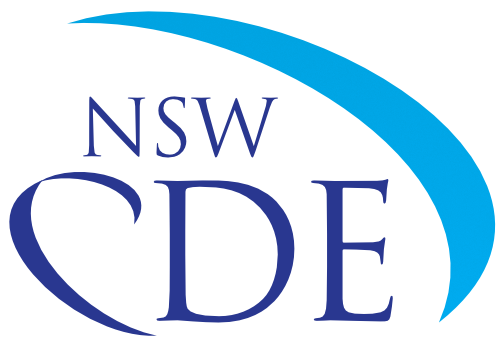When Teaching And Technology Interact
By Erica Cervini
Barney Dalgarno’s passion for teaching has encouraged him to question the pedagogical links between education and technology. During his career, he has come up with innovative approaches to teaching technology in schools and at the university level.
When Barney Dalgarno was a teenager in the early 1980s, a family friend gave him a personal computer. Such was his curiosity about the futuristic device that he taught himself to program it. At the same time Professor Dalgarno, dean of the education faculty at the University of Canberra, was a maths tutor.
“So I had these two threads outside of my formal study around technology and learning,” he says. “I’ve worked in roles that have been technology focused or educationally focused. And over time, more and more of the synergies between the two have come together.”
Professor Dalgarno’s motivation to examine how technology and education interact is underpinned by his curiosity about pedagogy. He began questioning the pedagogical links between technology and learning when he was a secondary school teacher in Griffith in NSW. The avalanche of questions Professor Dalgarno had led him to undertake a master’s by research.
“When I was doing my master’s, I was reading a lot of material around constructivist theories of learning, which were really kind of confronting some of the accepted theories at the time, he explains. “And, I think a lot of my research over the years has been exploring different questions around approaches to teaching and ways of using technology in different ways.”
Professor Dalgarno’s firm belief that “technology must be fit for purpose” also informs his explorations. This concept is reflected is his work on 3D virtual environments. In his research for his PhD, Professor Dalgarno built a virtual chemistry laboratory that replicated a laboratory at Charles Sturt University, where he worked for 22 years. The university used the virtual laboratory as a tool to help distance education students prepare for their on-campus residential schools.
Importantly, Professor Dalgarno examined two pedagogical models.
“In my PhD, I used that (3D virtual laboratory) as a platform for exploring some questions around the way a student engages with content in a virtual environment either under their own kind of initiative and their ability to explore and manipulate to develop their own kind of spatial understanding, versus the notions of students being taken on a kind of tour,” he says.
Professor Dalgarno’s interest in 3D virtual learning environments has been ongoing because he says “there’s always unanswered questions that follow” research. Other academics are also interested in this area of learning. Google Scholar reveals that one of Professor Dalgarno’s articles on 3D learning environments has been cited 1,463 times. He has also written seven books and over 80 journal articles on technology and education.
Professor Dalgarno’s recent research and writing is on the concept of embodied learning, particularly on the notion of embodied learning in an “authentic context” and how it can help in designing learning experiences. This work has been informed by Professor Dalgarno’s copious reading on the differences between explicit learning, where an individual is concentrating on something to learn, and implicit learning in which the “unconscious brain is taking in tons of pieces of information”.
“It’s one of those things that just emerged from a number of different projects,” Professor Dalgarno explains. “And I hadn’t had the opportunity to really get all those ideas together and I had had an invitation to write a chapter for a book.
“And often I find that it’s the first step to actually really kind of getting the different theoretical ideas together and writing them down in a way that they’re understandable. That then informs the next empirical research project, because then you can actually test out some of those things.”
Professor Dalgarno started his current position as dean of education at the University of Canberra in February last year. Two months later university classes went online due to COVID restrictions.
While Professor Dalgarno acknowledges it was a frantic time moving classes online, he also says that much can be learned from the experiences of students and teaching staff engaged in the online classes. He hopes to examine the degree to which technologies used during the COVID restrictions can help university online and face-to-face teaching.
But Professor Dalgarno says teaching staff had already started to reflect on their practices of using technology during last year’s COVID restrictions.
“People had to work so hard, but watching people support each other, and then hearing people in the corridors reflecting on what they learned and what they changed over time, it’s been really, really inspiring to hear people’s journeys in that space,” he says.
“And, you’ll see people who started off trying to do it (teaching) exactly the same as they did in their face-to-face classes, and then gradually evolving their practices to make use of the technologies. I’ve got people saying to me, ‘I really don’t think I will ever want to return to fully face-to-face because I’m seeing that I’m doing things now that are really effective’.”
When Professor Dalgarno was still at school he thought about becoming a lawyer and then as he became involved in computer programming, he thought that would be the direction he would take.
“What I realised is that there is a part of me that is really satisfied by teaching experiences and even more so than building something through computer software.”
ends
